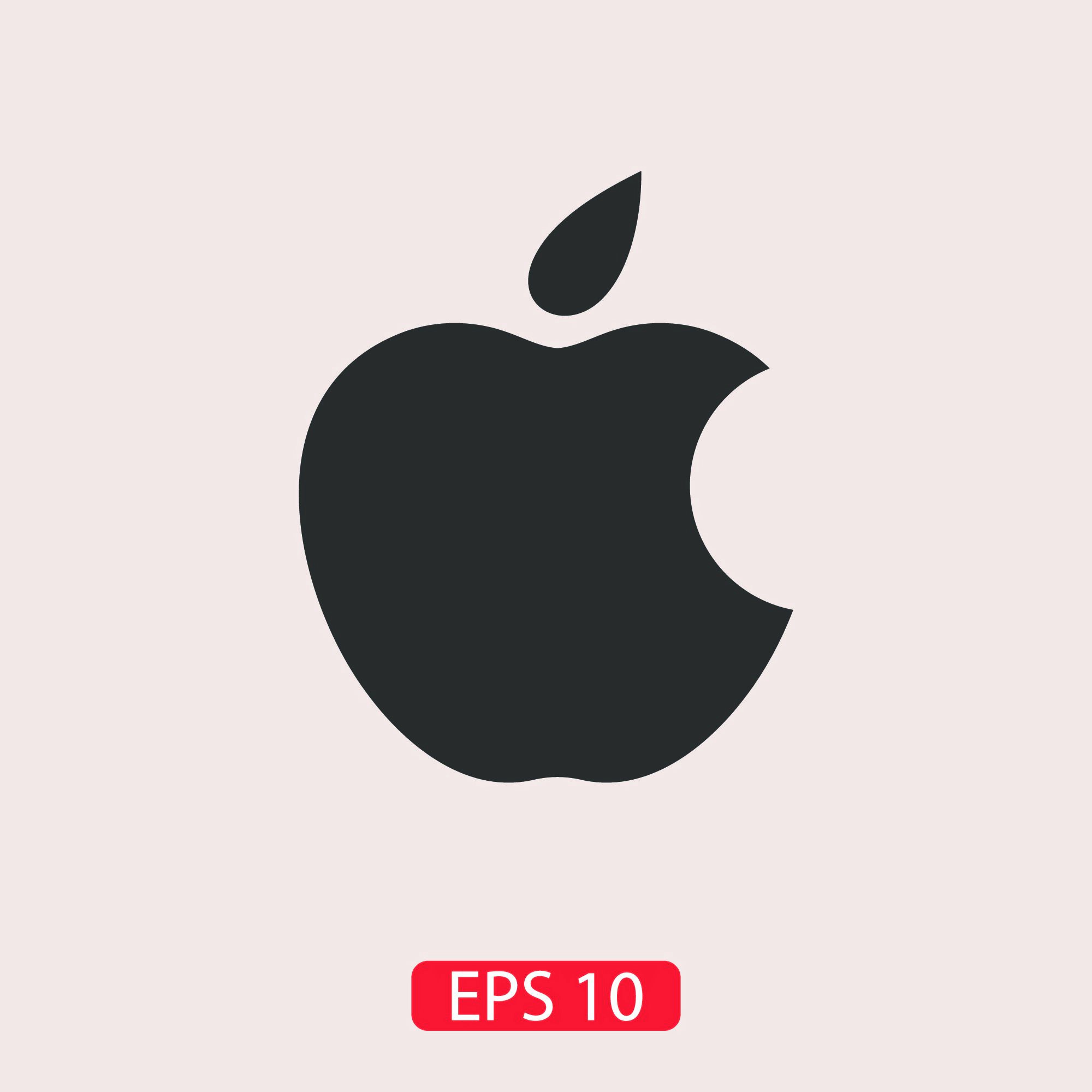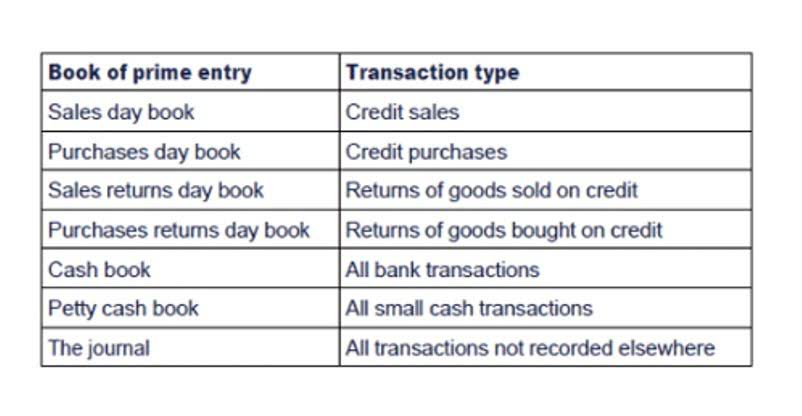
Overhead costs refer to the expenses incurred by a service-based organization that cannot be directly attributed to a specific service or function. These costs are essential for the smooth operation of the organization and play a significant role in determining the overall profitability. Overall, so far we have covered different types of product (manufacturing) and period (nonmanufacturing) costs. Now, we will look in more detail how product costs are recorded by a company and how they flow from the beginning to the end of the manufacturing process.
Analyzing Overhead Costs in Service-Based Organizations
In summary, Activity-Based Costing provides a more nuanced view of costs in service sectors. By focusing on activities and their drivers, organizations can make informed decisions, improve resource allocation, and enhance overall efficiency. Remember, though, that implementing ABC requires commitment and accurate data collection. Cost of goods sold is usually the largest expense on the income statement of a company selling products or goods. Cost of Goods Sold is a general ledger account under the perpetual inventory system.

Chegg Products & Services
Period costs (also called nonmanufacturing costs) are costs necessary to maintain business operations but are not a necessary or integral part of the manufacturing process. They are matched with the revenues of a specific time period rather than included in the cost of the goods sold. To help clarify which costs are included in these three categories, let’s look at a furniture company that specializes in building custom wood tables called Custom Furniture Company. Each table is unique and built to https://www.bookstime.com/articles/cash-conversion-cycle customer specifications for use in homes (coffee tables and dining room tables) and offices (boardroom and meeting room tables).
What is Goods and Services Tax (GST)?
Examples of direct materials for each boat include the hull, engine, transmission, carpet, gauges, seats, windshield, and swim platform. Examples of indirect materials (part of manufacturing overhead) include glue, paint, and screws. Direct labor includes the production workers who assemble the boats and test them before they are shipped out. Indirect labor (part of manufacturing overhead) includes the production supervisors who oversee production for several different boats and product lines.
- The labor cost that can be physically and conveniently traced to a unit of finished product is called direct labor cost or touch labor cost.
- Manufacturing costs refer to those that are spent to transform materials into finished goods.
- For a manufacturer these are expenses outside of the manufacturing function.
- To begin, it is important to understand that cost measurement in service industries differs from traditional manufacturing costing methods.
- The second highest cost on the income statement—selling and general and administrative expenses—totaled $22,800,000,000.
- This article looks at meaning of and differences between two main cost categories for a manufacturing entity – manufacturing cost and non-manufacturing cost.
AccountingTools
They usually include indirect materials, indirect labor, salary of supervisor, lighting, heat and insurance cost of factory etc. Mosly, manufacturing overhead costs cannot be easily traced to individual units of finished products. Although selling costs and general and administrative costs are considered nonmanufacturing costs, managers often want to assign some of these costs to products for decision-making purposes. For example, sales commissions and shipping costs for a specific product could be assigned to the product. However, as we noted earlier, managerial accounting information is tailored to meet the needs of the users and need not follow U.S. Since nonmanufacturing overhead costs are outside of the manufacturing function, these nonmanufacturing costs are immediately expensed in the accounting period in which they are nonmanufacturing costs incurred.
- By understanding these methods, we can better assess the true cost of providing services and make informed decisions.
- As a result these items are not reported among the assets appearing on the balance sheet.
- The balance sheet is also referred to as the Statement of Financial Position.
- PepsiCo, Inc., produces more than 500 products under several different brand names, including Frito-Lay, Pepsi-Cola, Gatorade, Tropicana, and Quaker.
Financial accounting treatment

By identifying and managing these drivers, organizations can optimize their cost structures and enhance overall performance. Product costs are the manufacturing costs that are considered to be a cost of a product. Note 1.43 “Business in Action 1.5” details the materials, labor, and manufacturing overhead at a company that has been producing boats since 1968.

In other words, selling prices must be large enough to cover SG&A expenses, interest expense, manufacturing overhead, direct labor, direct materials, and profit. Factory overhead – also called manufacturing overhead, refers to all costs other than direct materials and direct labor spent in the production of finished goods. Manufacturing costs other than direct materials and direct labor are categorized as manufacturing overhead cost (also known as factory overhead costs).
- Analyzing Overhead costs in Service-Based Organizations is a crucial aspect of understanding the total cost of providing a service or performing a function.
- The income statement, statement of cash flows, statement of comprehensive income, and the statement of stockholders’ equity report information for a period of time (or time interval) such as a year, quarter, or month.
- Instead these expenses are reported on the income statement of the period in which they occur.
- Non-manufacturing costs include those costs that are not incurred in the production process but are incurred for other business activities of the entity.
- This is especially true for specific product-related commissions and promotions.
Examples of Nonmanufacturing Overhead Costs
The purpose is to allocate the cost to expense in order to comply with the matching principle. In other words, the amount allocated to expense is not indicative of the economic value being consumed. Similarly, the amount not yet allocated is not an indication of its current market value. Direct materials should be distinguished from https://rkrent.fr/lifo-calculator-free-template-how-to-calculate/ indirect materials (part of overhead costs), about which we will talk later. Examples include advertising costs, salaries and commission of sales personnel, storage costs, shipping and delivery, and customer service.
- These costs are essential for the smooth operation of the organization and play a significant role in determining the overall profitability.
- If a company’s stock is publicly traded, earnings per share must appear on the face of the income statement.
- Distinguishing between the two categories is critical because the category determines where a cost will appear in the financial statements.
- From the perspective of activity-based costing (ABC), one approach is to identify cost drivers specific to service activities.
- The sales price of each table varies significantly, from $1,000 to more than $30,000.
What are Nonmanufacturing Overhead Costs?
Direct labor refers to salaries and wages of employees who work to convert the raw materials to finished goods. The finished product of a company may become raw material of another company. For example, cement is a finished product for manufacturers of cement and raw materials for companies involved in construction business. Costs may be classified as manufacturing costs and non-manufacturing costs. In addition to these techniques, service industries can also employ cost benchmarking, which involves comparing their costs to industry standards or best practices. This allows organizations to identify areas of improvement and optimize their cost structures.